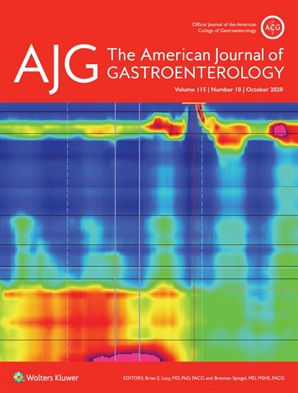Kantsevoy SV, Mercy Medical Center Baltimore MD, USA
Introduction/ Objective:
Endoscopic removal of colonic polyps and early cancers eliminates the need for surgical resection and possible temporary or permanent colostomy. Endoscopic submucosal dissection (ESD) allows en bloc removal of colonic lesions, reducing postprocedural recurrence. However, ESD remains technically difficult, time-consuming, and labor-intensive procedure performed in a limited number of specialized high-volume centers. Double balloon endolumenal platform (DBEP) is comprised of a flexible sheath preloaded over any colonoscope with two expandable balloons; one balloon is firmly attached to the proximal end of the device near the scope tip and another balloon which can be advanced and retracted by push-rods. The balloons and sheath assist advancement of the endoscope (and an endoscopic suturing device) through the colon, providing multidirectional dynamic retraction and improved scope stability during colonic EMR and ESD. The study aim was to evaluate safety and time savings (cost-effectiveness) of colonic ESD assisted by a DBEP compared to traditional ESD.
Methods:
A prospective randomized (1:1) study was approved by IRB for removal of colon polyps ::: 2cm in size. Primary endpoint was ESD time in study (ESD with DBEP) and control (traditional ESD) groups. Secondary endpoints included total procedure time (various time-points) and adverse events between the groups during initial procedure and 3-month follow-up visit. Enrollment was set at 200 patients. Interim analysis was scheduled after 140 patients were enrolled to assess if recruitment could be closed due to the primary endpoint being met.
Results:
Enrollment began in February 2019. Interim analysis was performed in February 2020. Study (N= 71) and control (N=69) groups were similar in lesion size (10.85±11.38 vs 9.81±12.40 cm2), age (66.0 ± 8.73 vs 65.8 ± 9.23) and gender (females 47.9% vs 53.6%). En bloc resection was achieved in 97.2% of the device group vs 87.0% of control group (p=.03). Use of the DBEP (Table 1) increased ESD speed over controls by 47.5% (14.52±7.7 vs 7.62±7.69 cm2/hour, p< 0.001), shortened ESD time by 46.5% (47.21±42.59 vs 88.28±76.07 min, p< 0.001) and decreased total procedure time by 37.7% (86.91±41.43 vs 139.5±83.19 min, p< 0.001). There were no device related adverse events.
| Device Group N=71 Mean (SD) | Device Group N=69 Mean (SD) | Treatment P-Value |
|
|---|---|---|---|
| ESD Time (minutes)0 | 47.21 (42.59) | 88.28 (76.07) | < 0.001d |
| Dissection Speed (cm2 /hour)b | 14.52 (7.7) | 7.62 (7.69) | < 0.001e |
| Procedure Time (minutes)c | 86.91 (41.43 | 139.5 (83.19) | < 0.001d |
| a: Calculated as Time Polp Removal Ended - Time Polyp Removal Began b: Calculated as Lesion Size / Dissection Time (Hour) c: Calculated as Time Case Ended - Time Case Began d: From an ANCOVA Model with Factors of Treatment Group, Lesion Size, and Lesion Location e: From an ANCOVA Model with Factors of Treatment Group |
|||
Conclusion:
The double balloon endolumenal platform markedly facilitated colonic ESD and improved the rate of en bloc resection, dramatically increased dissection speed and significantly reduced dissection and total procedure time.
 As seen in
As seen in
Kantsevoy, SV A Randomized Prospective Study Evaluating Effectiveness of a Double Balloon Endolumenal Platform for Colorectal Endoscopic Submucosal Dissection The American Journal of Gastroenterology: October 2020 – Volume 115 – Issue – p S467 doi: 10.14309/01.ajg.0000705672.
